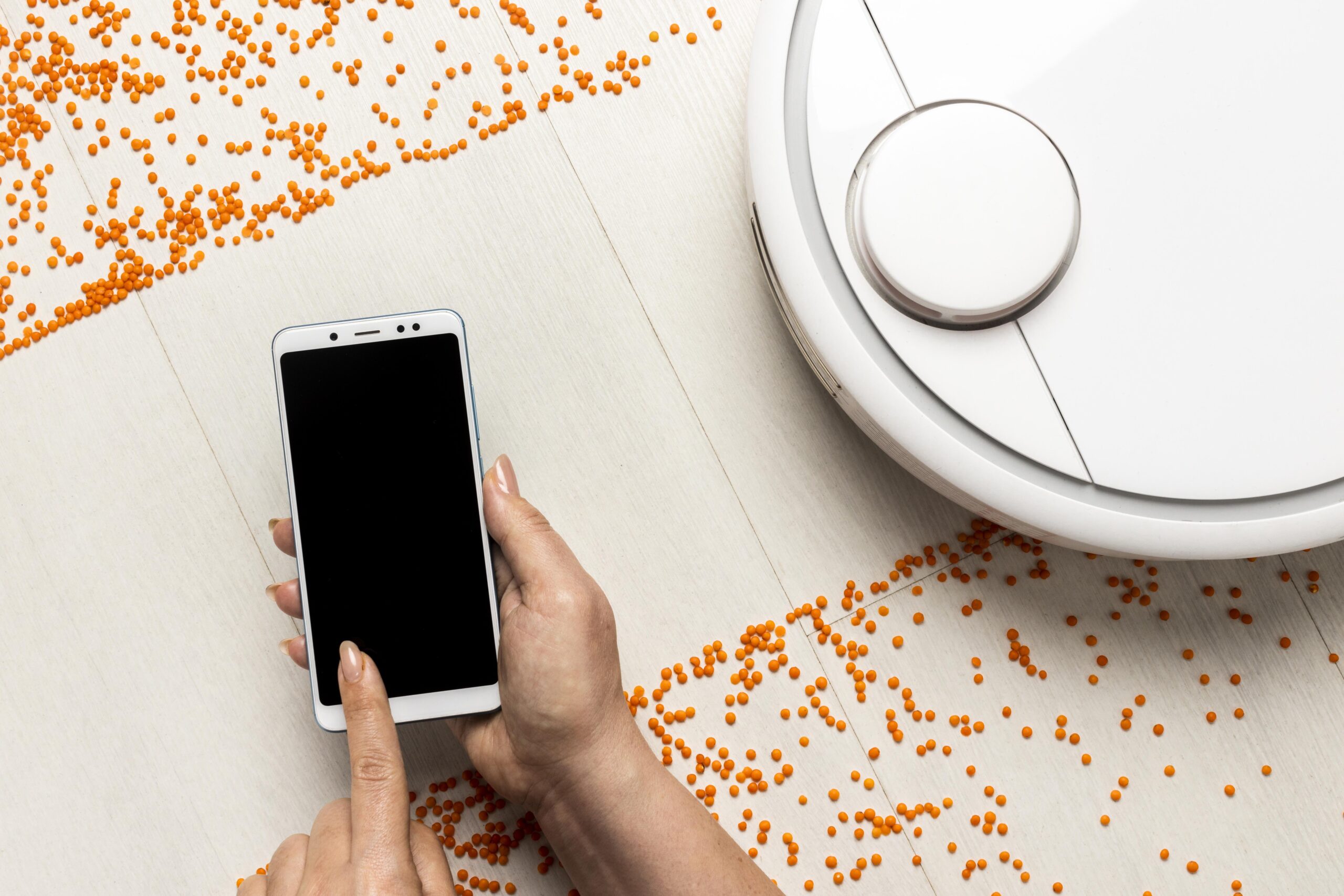
Introduction
Imagine this: You’ve just finished setting up your DIY smart home system. Suddenly, the lights start flashing inexplicably, your smart lock refuses to open, and the temperature in your house is oscillating between a tropical heatwave and a polar vortex. Sounds like a nightmare, right? Don’t worry—our guide will help you avoid such common smart home blunders, ensuring you enjoy a stress-free, comfortable, and secure smart living experience.
Overcomplicating Your Setup
In the world of smart homes, simplicity is key. A common mistake is trying to incorporate too many devices and platforms, making the system complex and difficult to manage. Stick to a few reliable devices that serve your needs and choose products that are compatible with each other. Google Home or Amazon Alexa are popular platforms that integrate well with a wide range of devices.
Ignoring Security Measures
Security should be a top priority when setting up your smart home. Many DIYers overlook this aspect, leaving their systems vulnerable to hackers. Ensure you have a secure Wi-Fi network, use strong, unique passwords for your devices, and regularly update your software. Consider incorporating a security device like the Google Nest Secure Alarm System, which provides a holistic security solution for your home.
💡 Recommended: Google Nest Secure Alarm System
Disregarding the Importance of a Strong Network
Your smart home is as good as your Wi-Fi connection. A weak signal or limited bandwidth can lead to slow responses or devices dropping off the network. Invest in a high-quality router and consider a Wi-Fi mesh system like Google Nest Wi-Fi for larger homes to ensure strong and stable connectivity across all your devices.
💡 Recommended: Google Nest Wi-Fi
Choosing Devices That Lack Interoperability
Interoperability is the ability of different devices to communicate and work together. Not all smart devices play nicely with others, leading to disjointed and ineffective smart home systems. Before purchasing, check if the device is compatible with your existing setup. Brands like Philips Hue for smart lighting and TP-Link for smart plugs are known for their broad compatibility.
💡 Recommended: Philips Hue White and Color Ambiance Starter Kit
Neglecting the User Experience
The whole idea of a smart home is to make life easier, not more complicated. User-friendly devices and apps are essential to accomplish this. Don’t overlook the importance of a smooth, intuitive user interface. For instance, the Amazon Echo Show 5 offers an excellent user experience with its simple, easy-to-navigate display.
💡 Recommended: Amazon Echo Show 5
Conclusion
By avoiding these common blunders—overcomplicating your setup, ignoring security, disregarding the importance of a strong network, choosing devices that lack interoperability, and neglecting user experience—you can enjoy the full benefits of a smart home. It’s all about hassle-free living, safety, and efficiency. So, which area will you focus on improving in your smart home setup? Share your thoughts in the comments!
Frequently Asked Questions
Q: Does the brand of my smart home devices matter?
A: Yes, it does. Some brands have better compatibility, security, and user experience than others. It’s best to research and choose reputable brands to ensure a seamless smart home experience.
Q: How can I improve the connection of my smart home devices?
A: Having a strong and stable Wi-Fi connection is essential. Invest in a quality router and consider a Wi-Fi mesh system for larger homes.
Q: How can I ensure the security of my smart home system?
A: Use a secure Wi-Fi network, create strong, unique passwords for each device, keep software updated, and consider adding a dedicated security system like Google Nest Secure Alarm System.
Q: Can all smart home devices work together?
A: Not necessarily. It’s crucial to check the interoperability of a device before purchasing. Some brands, like Philips Hue and TP-Link, are known for their broad compatibility.
Q: What should I consider regarding user experience when setting up a smart home?
A: Look for devices and platforms with easy-to-use, intuitive interfaces. The user experience should make your life easier, not more complicated.
Published on May 22, 2025
👉 Related: Revolutionize Your Living Space: Top 5 DIY Smart Home Projects
👉 Related: 5 Genius Hacks to Make Your Home Smarter Today
👉 Related: 5 Genius Hacks to Turn Your Living Space into a Smart Home
👉 Related: Revolutionize Your Life: Top 5 Must-Have Smart Home Devices
Leave a Reply